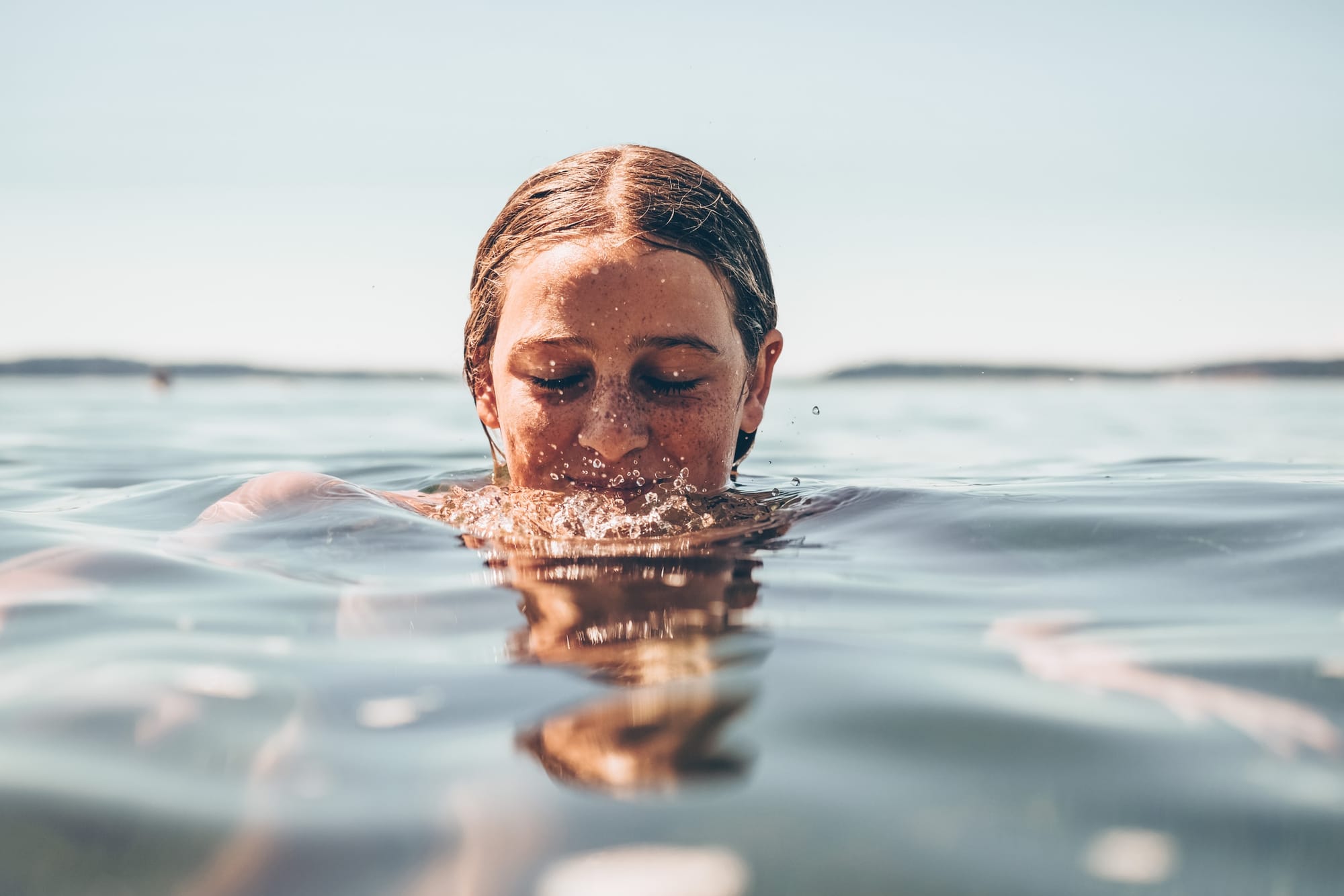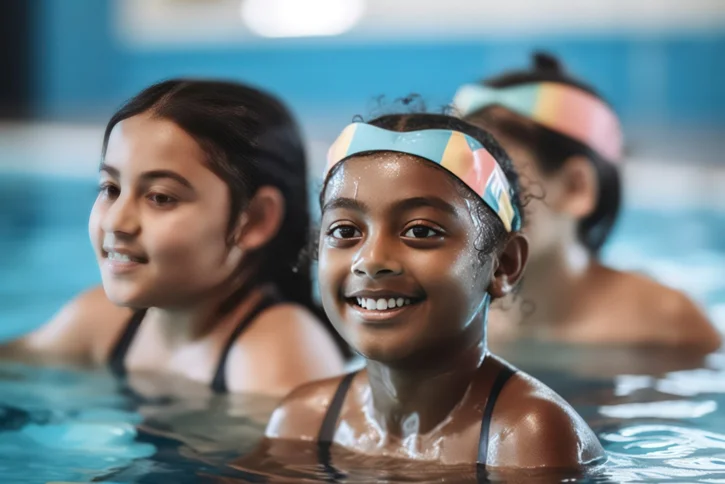FREE SWIM LESSONS FOR KIDS AND ADULTS

From oceans to lakes to streams to swimming pools, water is everywhere: 71% of the Earth’s surface is covered in it! And while water can be an irresistible place for kids to explore, play and enjoy splashy fun, it can be risky for those who haven’t yet developed their water smarts.
A recent YMCA survey showed that 9 out of 10 parents and primary caregivers in the U.S. see swimming as a key life skill for their children—on the same level as first aid skills or preparing a simple meal. However, finding the right swim program can be difficult, especially if cost is a factor.
While most parents and caregivers understand the importance of swimming lessons, half of them believe they are too expensive. Three in 10 parents say that affordability hinders their ability to prioritize water safety lessons for their children.
- According to the U.S. Centers for Disease Control, an average of 10 people die from drowning every day, two of them being children under age 15. The National Safety Council reports drowning is the second leading cause of preventable death for children.
- Seventy-nine percent of children in families with household incomes less than $50,000 have little to no swim
- Despite the stats, not all parents can afford to pay $40 a lesson (give or take) for their child to learn to swim. Since it typically takes several lessons for a kid to truly master the skill, swim lessons could end up costing parents several hundred dollars per child.
YMCA Safety Around the Water Program

As an organization who developed organized swim lessons, the YMCA is committed to bringing water safety skills to all children and families, with little to no cost to participate. With thousands of pools across the country, the Y is the solution for parents and caregivers looking for accessible water safety programming.
In 2023, two major barriers to water safety education in the United States continue to exist: lack of access for historically marginalized communities and the overall learning delays exacerbated by the COVID-19 pandemic.
With drowning as the leading cause of death for children between 1 to 4 years old and the second leading cause of unintentional injury or death for children 5 to 14 years old according to the Centers for Disease Control and Prevention, teaching children how to be safe in and around the water is a necessity, not a luxury.
Racial Disparities in Water Safety
Historically marginalized communities, including Black, Hispanic, Native American and Alaskan Native populations, see disproportionately higher drowning rates than in other communities. There is a history of exclusion, associated with swimming pools in particular, that has impacted the racial disparities within water safety that are present today. Additionally, if a parent does not know how to swim, there is only a 13 percent chance that a child in that household will learn how to swim, according to a national research study by the USA Swimming Foundation and the University of Memphis.
- According to a recent YMCA survey, 44 percent of Black parents have beginner level to no swimming abilities—a 20 percentage point difference in comparison to other U.S. parents. 60 percent have negative associations toward lakes, rivers and beaches. 40 percent have the same negative sentiments toward pools.
- The same survey says 36 percent of U.S. Hispanic parents state that water safety is not a priority due to affordability concerns—a much higher percentage compared to other parents.
- According to a national research study conducted by the USA Swimming Foundation with the University of Memphis and University of Nevada-Las Vegas, 60 percent of Black and 45 percent of Hispanic children cannot swim, compared to 40 percent of white children who cannot swim.
- According to the Centers for Disease Control and Prevention, Native Americans and Alaskan Natives have the highest death rate from drowning—1.4 times the rate of Black Americans and twice that of white Americans.
With thousands of locations across the country that teach over a million children valuable water safety skills each year, the Y is committed to breaking down these barriers at the community level to ensure that all children have access to learn to be safe in and around the water.

Safety Around Water is a YMCA program that teaches children important water safety skills and basic swimming instruction. Approximately 1,200 YMCA branches across the nation are offering the program.
Throughout a series of sessions (typically eight 40-minute lessons), instructors teach children how to feel confident in the water and maneuvers they can use if they unexpectedly find themselves submerged, like treading water, turning to float on their backs and propelling themselves from the bottom of a pool to the surface.
Kids will also learn basic swimming skills and important safety information, like what to do if they see someone in the water who needs help. The classes are appropriate for beginning swimmers generally ages 3 through 12.
The YMCA also offers financial aid for families who need a little extra help in getting swim lessons for children.
The Y believes that every child deserves the opportunity to learn to swim. So we do have financial assistance that's available at every single YMCA. You just have to contact your local YMCA They are committed to not turn anyone away for your inability to pay for the lessons..
Check your local YMCA branch to find out if it offers this program for free in your area and for further details.